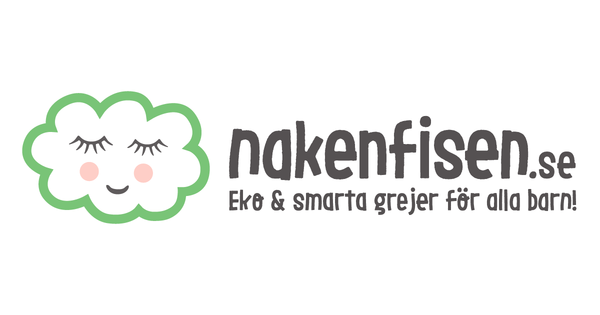When I had my first child in Sydney in 2013 and told my mother back home in Sweden that they wrapped her in a blanket at birth, my mother's reaction was "like we did here 100 years ago?!". We laughed about it and I didn't try to swaddle myself when we got home but used a sleeping bag or pyjamas. But then baby number two arrived in 2016. She was a fan. As soon as I put her down asleep on her back in the bed or the pram, she threw her arms up and woke herself up. She had a strong gag reflex, or hug reflex. Maybe the swaddling thing wasn't so stupid after all... Since my kids inherited hip dislocation from me, I didn't want to risk making it worse by swaddling tightly around the legs, as it has been shown to make hip problems worse . A sleeping bag where the arms can be hidden inside was a lifesaver. All of a sudden she could be put down and continue to sleep.

Swaddling has been done for millennia and is very common in e.g. USA and Australia. It makes the baby feel safe by simulating the environment inside the womb. It helps many children sleep better and has been shown to be especially good for children with neurological problems, colic or children born with a drug addiction. It also helps babies fall asleep on their backs and is therefore good for preventing SIDS (sudden infant death syndrome). If the baby wakes himself up with arms flailing, it may be tempting to put the baby on his stomach, but swaddling the baby on his back is safer for SIDS.
Dr. Claire McCarthy from Harvard Medical School describes the pros and cons of swaddling. The advantages have been mentioned above. The disadvantages can be that tight swaddling can aggravate hip problems, loose swaddling can cause suffocation and a swaddled baby who is placed on his side or stomach is at increased risk of SIDS . These disadvantages can be avoided by swaddling with an ergoPouch swaddle instead of swaddling with a blanket. The advice from Harvard Medical School is that
- Always lay the baby down on its back. (When a baby can start to turn himself, he should not be swaddled. However, the startle reflex usually subsides after about three months and therefore also the need for swaddling).
- Do not use a loose blanket that can come off and end up in front of the face.
- For optimal hip development, make sure the child can bend the legs up and out. Rather, use a sleeping bag that is made for swaddling (that the holes for the arms can be closed).
To summarize, I would say that swaddling is both an ancient tradition and a miracle of fun! Having had two children in Australia and seeing newborn babies sleeping sweetly in their swaddles, I think many Swedish babies would benefit from being swaddled in the first weeks or months. ATTENTION! Swaddla is something one does until the moro reflex subsides (about three months). If done properly or with an ergoPouch, it does not increase the risk of SIDS. However, babies should lie on their backs and not be swaddled when they can turn themselves. Our swaddle was the savior for our daughter and I hope more Swedes discover how effective it can be in that first period when most things revolve around how often and how long the baby sleeps :)
Reference: https://www.health.harvard.edu/blog/should-you-swaddle-your-baby-201605249730

